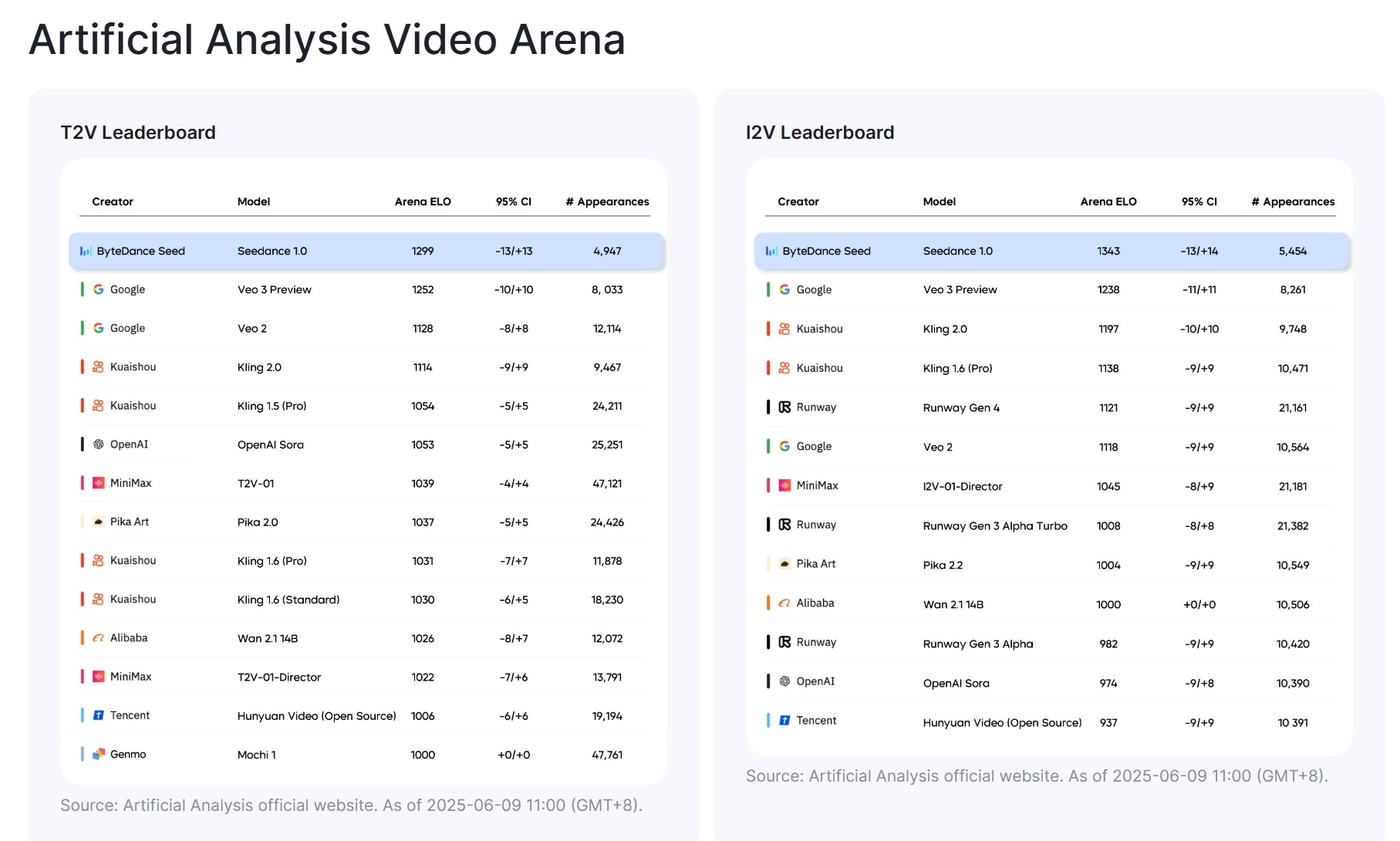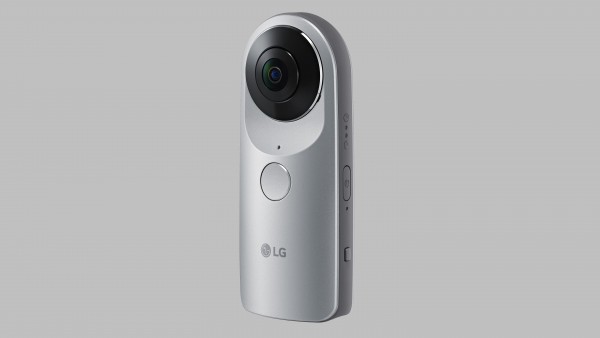BREAKING NEWS
LATEST POSTS
-
Decapitalising our minds: the key to addressing climate change
Capitalism is the root cause of our ecological crisis and the key barrier to solving it.
There are two reasons for this. Firstly, capitalism cannot exist without economic growth, and economic growth is the main reason why our emissions have been increasing over the last 30 years and further growth will make it impossible to decarbonise in time to avoid activating tipping points.
Secondly, our minds have been shaped by capitalism and it is stopping us from seeing both the role capitalism plays in the cause of climate change and the full scope of solutions available to address the crisis. Social psychologist, Professor Harald Welzer, sums this up well, describing economic growth of industrial societies as “enshrined in business and politics, but also in the psychological structure of the people who grow up in such societies.”
https://erinremblance.substack.com/p/decapitalising-our-minds-the-key
There are six key ways in which capitalism shapes our minds. Under capitalism we, collectively, believe:
- Nature is nothing more than a ‘resource’ to be exploited
- Our power lies in either our consumption habits or our employment
- Success lies in evermore material items and novel experiences
- People are a ‘resource’ and must earn their living
- Money is scarce and the government must make choices
- We must compete with others
This ‘capitalisation’ of our minds creates a barrier to solving the climate crisis in many ways, including:
- denial that the crisis exists because the solutions don’t fit one’s capitalistic ideology;
- disinterest and disengagement with the crisis because nature is for others to focus on;
- unconscious of how our minds are shaped by capitalism, we:
- champion solutions that are well-intentioned but inadequate because they assume mythical ‘green-growth’;
- implement targets that aren’t supported by policies to achieve them, instead relying on technology that doesn’t currently exist to cover the gap.
Unsurprisingly, the mindset we need to address the climate crisis is the exact opposite of the mindset described above.
-
Creality K1 Max Review – Large High Speed 3D Printer
- 300mm x 300mm x 300mm Build Volume
- Compatible Printing Materials Up to 300°C
- Quality of Life Features Like Hands-Free Auto Bed Leveling
- High-Speed CoreXY with 20000 mm/s² Acceleration
- Sturdy Unibody Die-cast Frame
- Assembled & Calibrated Out of the Box
- Max Print Speed: 600mm/s
- Average Print Speed: 300mm/s
- Print Acceleration: 20,000mm/s2
- 32mm³/s Max Flow Hotend
- G-sensor compensates for ringing
- Unibody die-cast frame adds stability
- Reduced Z-banding with upgraded Z-axis
- 0.6mm and 0.8mm sizes (compatible)
- Nozzle Diameter 0.4mm (included)
- Material Types: PLA, ABS, PETG, PET, TPU, PA, ABS, ASA, PC,
PLA-CF*, PA-CF*, PET-CF*
FEATURED POSTS
-
Björn Ottosson – OKHSV and OKHSL – Two new color spaces for color picking
https://bottosson.github.io/misc/colorpicker
https://bottosson.github.io/posts/colorpicker/
https://www.smashingmagazine.com/2024/10/interview-bjorn-ottosson-creator-oklab-color-space/
One problem with sRGB is that in a gradient between blue and white, it becomes a bit purple in the middle of the transition. That’s because sRGB really isn’t created to mimic how the eye sees colors; rather, it is based on how CRT monitors work. That means it works with certain frequencies of red, green, and blue, and also the non-linear coding called gamma. It’s a miracle it works as well as it does, but it’s not connected to color perception. When using those tools, you sometimes get surprising results, like purple in the gradient.
There were also attempts to create simple models matching human perception based on XYZ, but as it turned out, it’s not possible to model all color vision that way. Perception of color is incredibly complex and depends, among other things, on whether it is dark or light in the room and the background color it is against. When you look at a photograph, it also depends on what you think the color of the light source is. The dress is a typical example of color vision being very context-dependent. It is almost impossible to model this perfectly.
I based Oklab on two other color spaces, CIECAM16 and IPT. I used the lightness and saturation prediction from CIECAM16, which is a color appearance model, as a target. I actually wanted to use the datasets used to create CIECAM16, but I couldn’t find them.
IPT was designed to have better hue uniformity. In experiments, they asked people to match light and dark colors, saturated and unsaturated colors, which resulted in a dataset for which colors, subjectively, have the same hue. IPT has a few other issues but is the basis for hue in Oklab.
In the Munsell color system, colors are described with three parameters, designed to match the perceived appearance of colors: Hue, Chroma and Value. The parameters are designed to be independent and each have a uniform scale. This results in a color solid with an irregular shape. The parameters are designed to be independent and each have a uniform scale. This results in a color solid with an irregular shape. Modern color spaces and models, such as CIELAB, Cam16 and Björn Ottosson own Oklab, are very similar in their construction.

By far the most used color spaces today for color picking are HSL and HSV, two representations introduced in the classic 1978 paper “Color Spaces for Computer Graphics”. HSL and HSV designed to roughly correlate with perceptual color properties while being very simple and cheap to compute.
Today HSL and HSV are most commonly used together with the sRGB color space.

One of the main advantages of HSL and HSV over the different Lab color spaces is that they map the sRGB gamut to a cylinder. This makes them easy to use since all parameters can be changed independently, without the risk of creating colors outside of the target gamut.

The main drawback on the other hand is that their properties don’t match human perception particularly well.
Reconciling these conflicting goals perfectly isn’t possible, but given that HSV and HSL don’t use anything derived from experiments relating to human perception, creating something that makes a better tradeoff does not seem unreasonable.
With this new lightness estimate, we are ready to look into the construction of Okhsv and Okhsl.









